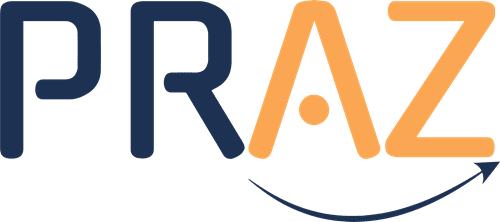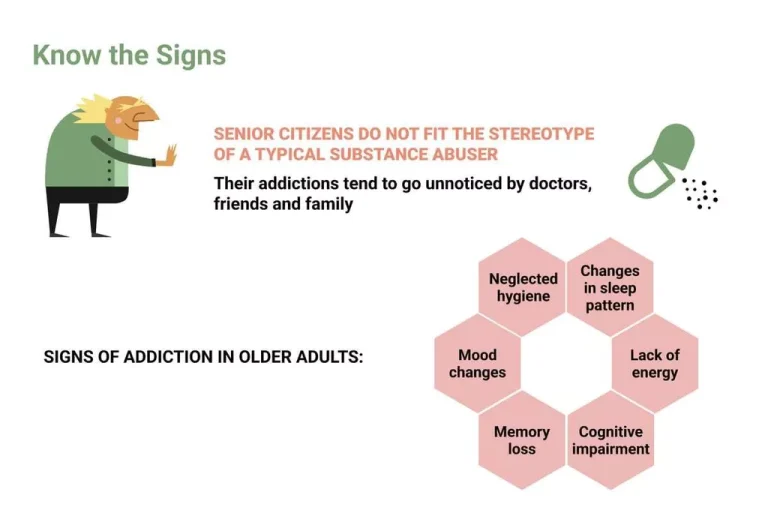This example is a home in Laguna Hills, California, a popular Southern California suburb. Sober living homes are an effective resource for individuals who have completed treatment and are ready to begin their lives in recovery. They provide a balance of supervision and independence that allows people to transition back to work, school and daily https://ecosoberhouse.com/ life. An average day at a sober living home usually includes group breakfasts, lunches and dinners. Most homes have household meetings nightly, and residents often attend treatment, support group meetings or other wellness activities together.
Mục Lục
Why Trust Recovery.com?
Note that while many people use sober living and halfway houses interchangeably, they often denote different transitional living situations. Sober living houses may seem expensive, but they are often necessary for Sobriety many people still going through the transition phase of their recoveries. They usually require that the individual has a job, so the costs aren’t often more than someone with a steady job would be able to pay.
Does Genetics Play a Role in Drug and Alcohol Addiction?
Sober living homes are not for everybody; some people may need to go through detox or rehab before they can successfully live in a sober environment. However, these homes provide a supportive place to transition from an addictive lifestyle to one of sobriety and responsibility. People who have gotten sober and want to stay that way should consider moving into a halfway house or other group home dedicated to sober living. Living in this type of home can aid sobriety and make it more likely that recovering addicts will remain in recovery for the long term. Some sober living homes have exercise equipment, fitness areas, recreational spaces, swimming pools, and cooking areas.
Does Insurance Cover Sober Living Costs?
Instead, an Oxford House is any group of people focused on recovery that rent a house and maintains an Oxford House Charter. Many sober living homes take insurance, so if you have insurance, call the number on the back of your insurance card to find out what is covered. We know navigating insurance coverage for sober living homes can be complex, but our team is here to assist you. There are several factors that you should consider before choosing a sober living home, such as the location, the cost, the rules, the amenities, the staff, and the quality of care.
- A Safe Haven Foundation in Chicago is a treatment center, a sober living and long-term rehabilitation home for men and women, including women with children.
- There are many halfway house programs and some forms of transitional living programs that are free.
- Assistance with a job search is also a helpful service to find at a sober house.
- For some that have just come out of recovery and do not have job, many sober houses can provide the resources need to find work.
- Additionally, the surrounding environment should feel safe and conducive to your healing, free from triggers that might challenge your sobriety.
- To apply for most government assistance programs, individuals can visit official state websites, call designated phone lines, or use resources like USA.gov’s Benefit Finder for guidance.
Some homes operate more like apartments, with costs comparable to local housing rates and potential additional fees for utilities and maintenance. In contrast, luxury sober living homes may offer resort-like amenities and cost upwards of $2,000 per week. PPO plans can be particularly beneficial for individuals in recovery seeking outpatient services. These plans often cover a significant portion of the costs for therapy sessions, counseling, and other outpatient treatments in the sober living program. Most often, these homes are paid for privately through rents and other fees paid by the sober living residents in the home.
- The main reason we chose Dallas to start a sober living company was because of the huge gap in prices.
- It’s an excellent internet resource for finding a sober living facility that suits your needs.
- When considering sober living, one important factor to keep in mind is the length of stay.
- Residents must pay rent on time, but they do not have to pay first and last month’s rent.
- This early form transitioned into a more commercial form of sober living houses we see today.
- Most of these homes are privately owned, although some group homes are owned by businesses and may even be owned by charity organizations.
Sober living homes usually house only same-sex residents and require residents to complete either a detox program or an inpatient rehab program before moving in. Without the structure of a daily schedule and accountability of others around you, it can be easy to fall back into old habits that are not productive for your sobriety. The staff at sober living homes are trained to help hold sober house you accountable for your actions while living there. Keep in mind that individual houses will allow additional items that are relevant to their program. For example, a sober living house that allows access to many sporting activities may invite you to bring your equipment.
How can I be a good support to them when they come back home?
- Do your research and consider all of your options when choosing a sober living home that is both affordable and provides the level of support you need to maintain your sobriety.
- This page will help you understand how insurance may apply to sober living homes, what coverage options might be available, and how to navigate the process.
- In addition to the support from fellow residents, many Oxford House members also participate in external recovery programs and support groups, further strengthening their commitment to sober living.
Non-profit organizations and charities play a crucial role in the financing of sober living homes, offering a lifeline to those seeking recovery from substance abuse. These entities provide essential funding that can help cover operational costs, making recovery accessible to individuals who might otherwise be unable to afford it. Residents of sober living homes are generally expected to take financial responsibility for their stay, a key component of fostering independence and accountability in recovery. Living in a sober home typically includes rent, utilities, and other living expenses.
Who Pays For The Costs of Sober Living?
To understand more about this opportunity and how you may improve the lives of others around you, go to a meeting. Many people recovering from addiction may have accumulated debt due to substance abuse, such as medical bills, legal fees, credit card bills, or loans. Although sober living is typically not covered by insurance, you should still contact your insurance provider to explore potential coverage options. Government agencies or local organizations may sometimes provide financial assistance or resources for individuals seeking recovery support. Some nonprofits offer scholarships or grants to qualified applicants to assist with the cost of sober living. Additionally, some sober living facilities may offer their scholarship programs.




